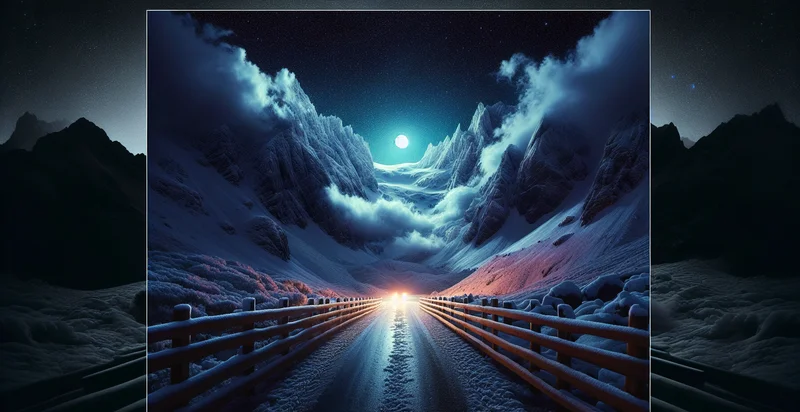Identify night vision
using AI
Below is a free classifier to identify night vision. Just input your text, and our AI will predict what night vision feature is most applicable - in just seconds.

Contact us for API access
Or, use Nyckel to build highly-accurate custom classifiers in just minutes. No PhD required.
Get started
import nyckel
credentials = nyckel.Credentials("YOUR_CLIENT_ID", "YOUR_CLIENT_SECRET")
nyckel.invoke("night-vision", "your_text_here", credentials)
fetch('https://www.nyckel.com/v1/functions/night-vision/invoke', {
method: 'POST',
headers: {
'Authorization': 'Bearer ' + 'YOUR_BEARER_TOKEN',
'Content-Type': 'application/json',
},
body: JSON.stringify(
{"data": "your_text_here"}
)
})
.then(response => response.json())
.then(data => console.log(data));
curl -X POST \
-H "Content-Type: application/json" \
-H "Authorization: Bearer YOUR_BEARER_TOKEN" \
-d '{"data": "your_text_here"}' \
https://www.nyckel.com/v1/functions/night-vision/invoke
How this classifier works
To start, input the text that you'd like analyzed. Our AI tool will then predict what night vision feature is most applicable.
This pretrained text model uses a Nyckel-created dataset and has 10 labels, including Average Night Vision, Dim Light Vision, Enhanced Vision, Excellent Night Vision, Low Light Vision, Mild Impairment, Moderate Impairment, Normal, Severe Impairment and Totally Blind.
We'll also show a confidence score (the higher the number, the more confident the AI model is around what night vision feature is most applicable).
Whether you're just curious or building night vision detection into your application, we hope our classifier proves helpful.
Related Classifiers
Need to identify night vision at scale?
Get API or Zapier access to this classifier for free. It's perfect for:
- Surveillance Systems: The 'night vision' identifier can be integrated into surveillance systems to accurately identify and filter out false positives during nighttime operations. This enhances security by ensuring that only relevant alerts are triggered, reducing unnecessary monitoring efforts.
- Search and Rescue Operations: Implementing the identifier in search and rescue technologies ensures that rescue teams are alerted only to relevant heat signatures or movements in low-light conditions. This increases the efficiency of missions by enabling quicker identification of actual targets amidst false alarms.
- Autonomous Vehicles: In autonomous vehicle technology, the 'night vision' identifier can help distinguish between actual obstacles and environmental noise in low-light situations. This ensures safer navigation by allowing vehicles to respond appropriately to various nighttime conditions.
- Military Applications: The function can be utilized in military operations to enhance reconnaissance systems that depend on night vision technology. By filtering out false positives, it improves situational awareness and mission success rates in night operations.
- Wildlife Monitoring: Wildlife researchers can use the identifier in camera traps that operate in low-light environments to accurately capture data about nocturnal animals. This minimizes false captures from environmental factors, leading to more reliable insights into wildlife behavior.
- Home Security Systems: Home security cameras equipped with the 'night vision' identifier can reduce false alerts caused by minor movements, such as animals or foliage. This results in increased user trust in the security system and minimizes unnecessary alerts.
- Augmented Reality (AR) Experiences: The identifier can enhance AR applications by accurately identifying night vision elements in augmented environments. This allows for a more immersive experience while ensuring that the AR content displayed is relevant and accurately rendered during low-light conditions.


